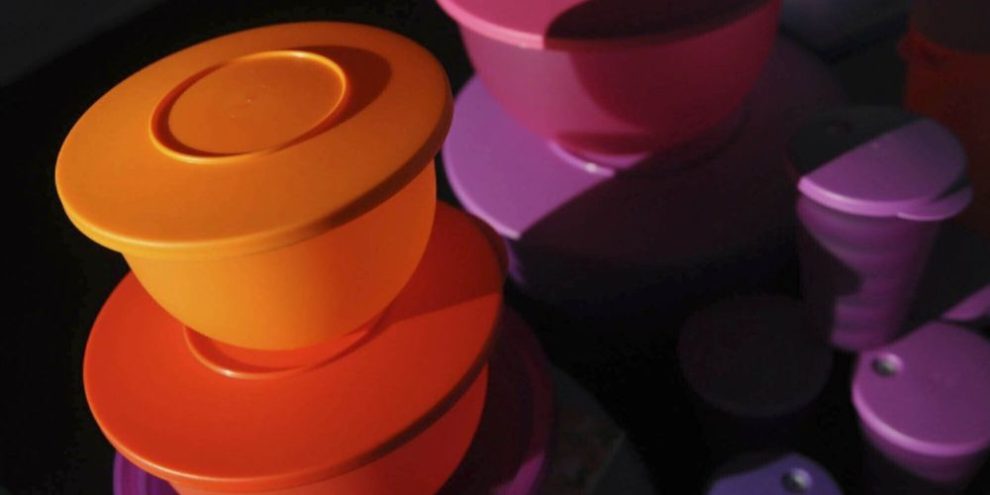
Tupperware Brands, the company that revolutionized food storage decades ago, has filed for Chapter 11 bankruptcy protection.
Orlando, Florida-based Tupperware plans to continue operating during the bankruptcy proceedings and will seek court approval for a sale, “in order to protect its iconic brand,” the company said just before midnight on Tuesday.
The company is seeking bankruptcy protection amid growing struggles to revitalize its business. Tupperware sales growth improved some during the early days of the COVID-19 pandemic, but overall sales have been in steady decline since 2018 due to rising competition. And financial troubles have continued to pile up for the company.
Doubts around Tupperware's future have floated around for some time. Last year, the company sought additional financing as it warned investors about its ability to stay in business and its risk of being delisted from the New York Stock Exchange.
The company received an additional non-compliance notice from the NYSE for failing to file its annual results with the Securities and Exchange Commission earlier this year. And Tupperware had continued to warn about its ability to stay afloat in more recent months, with an August securities filing pointing to “significant liquidity challenges."
In Tuesday's bankruptcy petition, Tupperware reported more than $1.2 billion in total debts and $679.5 million in total assets. Shares for the company have fallen 75% this year and closed Tuesday at about 50 cents apiece.
Tupperware's roots date back to 1946. According to the company's website, shortly after the Great Depression, chemist Earl Tupper found inspiration while creating molds at a plastics factory — setting out on a mission to create an airtight seal for a plastic container, similar to that on a paint can, to help families save money on food waste.
The brand experienced explosive growth in the mid 20th century — particularly with the rise of Tupperware parties, first held in 1948. Tupperware parties notably gave many women a chance to run their own businesses out of their homes, selling the products within social circles.
The system worked so well that Tupperware eventually removed its products from stores. And in Tuesday's bankruptcy announcement, the company maintained that there were no current changes to Tupperware's independent sales consultant agreements.
According to court documents published Tuesday, Tupperware currently employs more than 5,450 employees across 41 countries — and additionally partners with global sales force of over 465,000 consultants who sell products on a freelance basis in nearly 70 countries.
Tuesday's announcement also pointed to aims to “further advance Tupperware’s transformation into a digital-first, technology-led company,” possibly signaling a move toward increased reliance of sales on the brand's website or perhaps more online-focused marketing, although the company did not provide exact specifics.
In a statement, Tupperware President and CEO Laurie Ann Goldman acknowledged Tupperware's recent financial struggles and said that the bankruptcy process is meant to provide “essential flexibility” as the company pursues this transformation. She also maintained that the brand wasn't going anywhere.
“Whether you are a dedicated member of our Tupperware team, sell, cook with, or simply love our Tupperware products, you are a part of our Tupperware family,” Goldman said in a statement. “We plan to continue serving our valued customers with the high-quality products they love and trust throughout this process.”
Goldman, who previously served as CEO of Spanx, was appointed as Tupperware's CEO in October 2023 — as part of larger leadership change ups. The company has appointed a new management team appointed within the last year.




